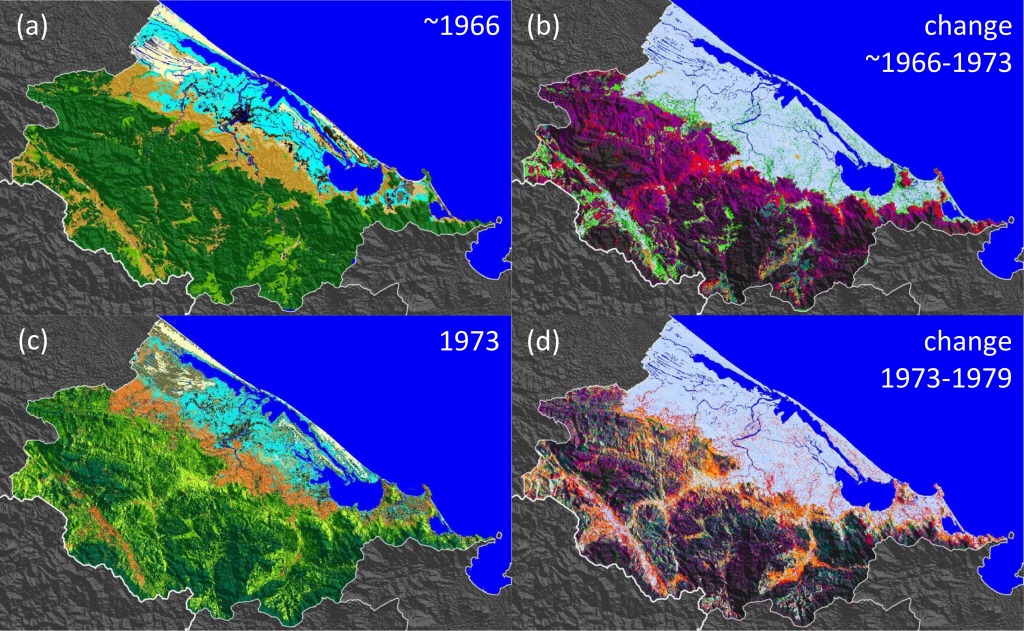Indonesia‘s courts recently recognised community forests (or customary ‘adat‘ forests) as distinct from state forests (i.e., government land). This is a landmark decision, as shown in an excellent analysis by Elizabeth Kahurani [1]. It overturns a presumption that the state is first and foremost the guardian and manager of forests, and vests more rights in local communities. In the context of south-east Asia, where states have a poor history of protecting forests (especially in ways that respect local indigenous people), this is an important victory. In contrast, here in Fiji and in much of the rest of the Pacific, the situation is quite different: most land (and hence forest) is ‘native land’ and belongs to traditional village structures. Revenue from logging goes to the iTaukei land board and the villages (the forest service just overseas licences), also two state owned companies grow pine and mahogany on leased native and crown land [2]. In Madagascar, the situation is different again. The presumption of unoccupied land (hence, forests) as state domain comes first, and most significant areas of forestland have been demarcated as parks, reserves, or classified forests. Since the mid-1990s, neighbouring communities may gain use and management rights to some forest areas, but the forest is still fundamentally the state’s [3]. Rural social movements are much weaker than in Indonesia, and the conservation lobby (which usually tends to favour state control) is stronger, in relative terms.
Indonesia’s decision can be read through the Nancy Peluso and Peter Vandergeest’s ideas about “political forests”. Their article in Journal of Asian Studies [4] traces the history of the idea of state forests, and how it was constituted dialectically with customary rights: Read the rest of this entry »




 Posted by christiankull
Posted by christiankull 